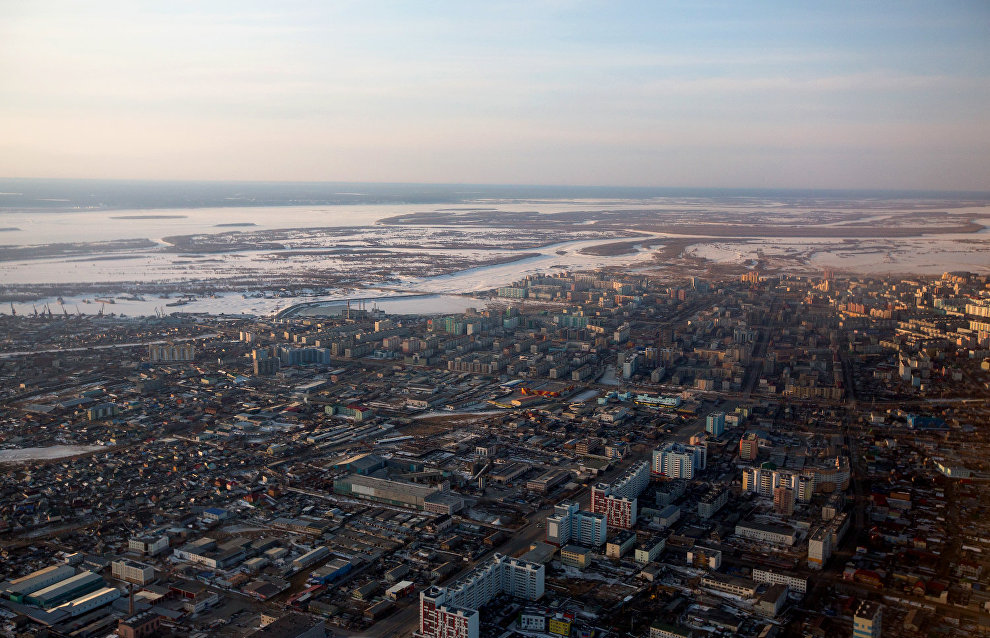Russian scientists create a unique material to protect Artic buildings
The Alexander Meos Department of Nanostructured, Fibrous and Composite Materials at the St. Petersburg State University of Industrial Technologies and Design have developed a material which can protect buildings in the Arctic against the cold and wind. This was made possible under the Socioeconomic Development of the Arctic Zone of the Russian Federation State Program.
Based on non-woven sheets, the unique carbon-polymer composite heat-protective material can withstand low temperatures without adding weight to structures. It is also resistant to ultraviolet radiation and condensate-free inside. There are already several pilot items.
"This carbon non-woven material 8 mm thick is in itself heat insulating. Various reinforcing carbon layers, such as carbon fabric, are inserted in the interlayer space to counteract gusts of wind," a research team member, Vadim Martsenyuk, explained.
According to the team, the material is distinct from the existing analogues in that it is 95 percent carbon and therefore non-toxic. It also has a porous structure that provides for its low thermal conductivity. The scientists believe that their invention will protect buildings, structures and people from low temperatures in the Arctic and will also contribute to the smooth running of equipment.
